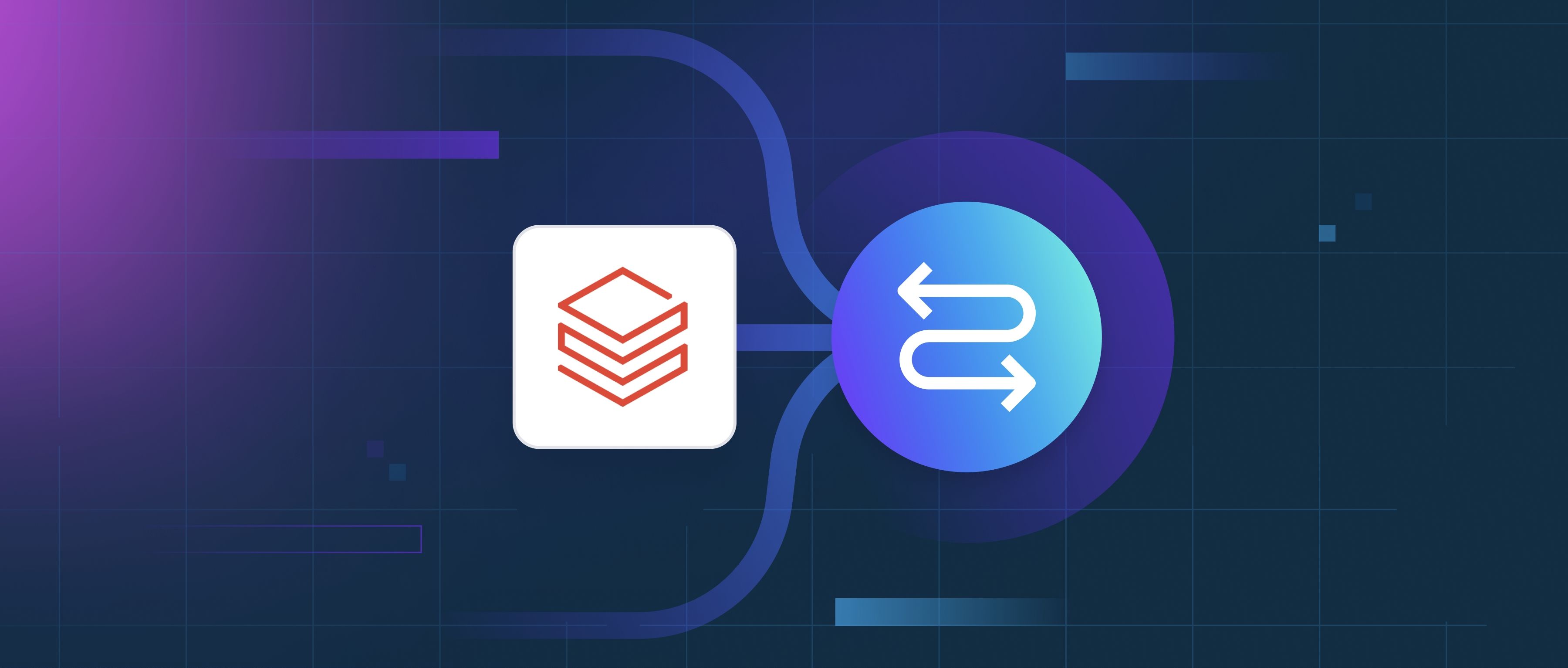Securing sensitive data during extraction involves ensuring that data is protected from unauthorized access, leaks, or tampering as it moves from its source (e.g., databases, applications) to its destination. The primary approach is to implement encryption, access controls, and data minimization. For example, encrypting data in transit using TLS/SSL prevents interception, while encrypting data at rest (e.g., in temporary storage) with AES-256 ensures it remains unreadable if storage is compromised. Access controls, such as role-based permissions, limit extraction to authorized users or systems, reducing exposure. Additionally, extracting only the minimal necessary data (e.g., excluding non-essential fields like Social Security numbers) reduces risk if a breach occurs.
A second layer involves using secure protocols and tools designed for sensitive data handling. For instance, APIs used for extraction should enforce authentication (e.g., OAuth2, API keys) and validate inputs to prevent injection attacks. Tools like AWS Glue or Apache NiFi can be configured to mask or tokenize data during extraction, replacing sensitive values with non-sensitive equivalents (e.g., replacing a credit card number with a token). Secure file transfer methods (e.g., SFTP, SCP) or VPN tunnels add protection when moving data across networks. Logging and monitoring extraction processes also helps detect anomalies, such as unusually large data transfers or unauthorized access attempts.
Finally, compliance with regulatory standards (e.g., GDPR, HIPAA) ensures that technical measures align with legal requirements. For example, pseudonymizing personal data during extraction (e.g., replacing names with random identifiers) can help meet GDPR’s data protection mandates. Regular audits and penetration testing validate the security of the extraction pipeline, while transient data storage (e.g., in-memory processing instead of disk) reduces exposure. Developers should also avoid hardcoding credentials in extraction scripts, opting for secrets management tools like HashiCorp Vault. By combining these strategies, sensitive data remains secure throughout the extraction lifecycle.
